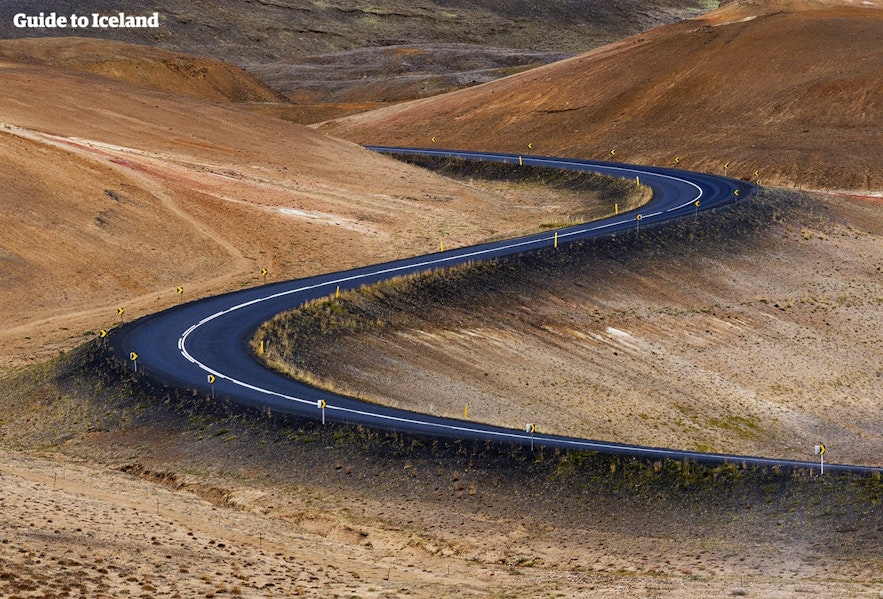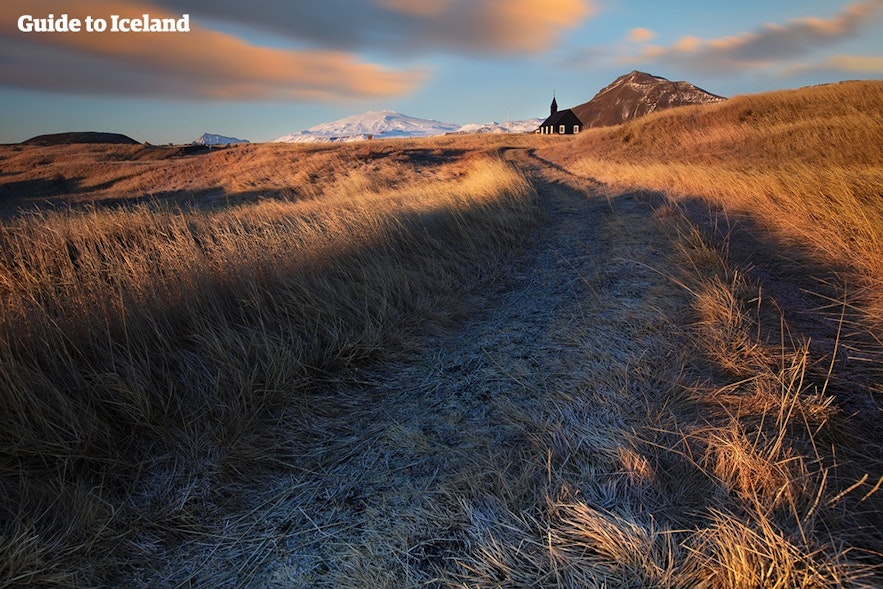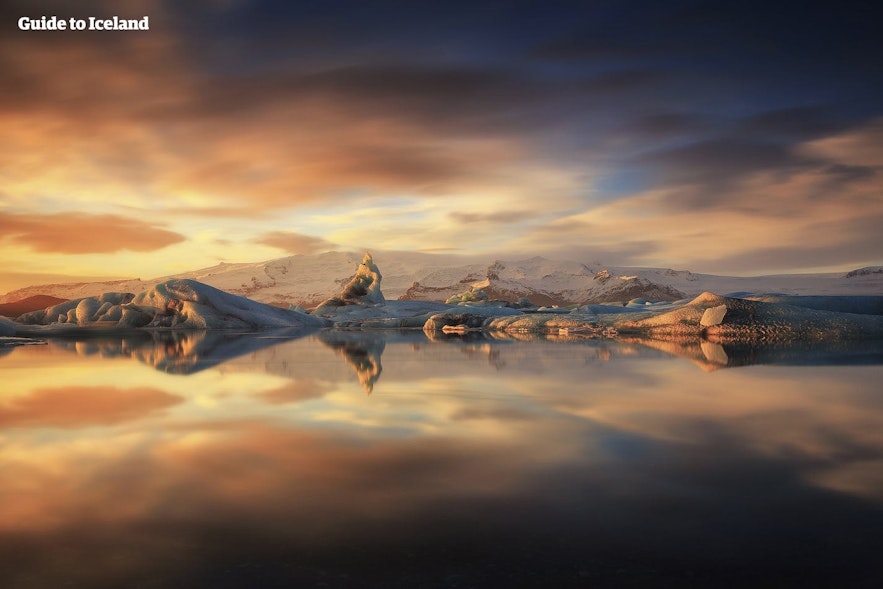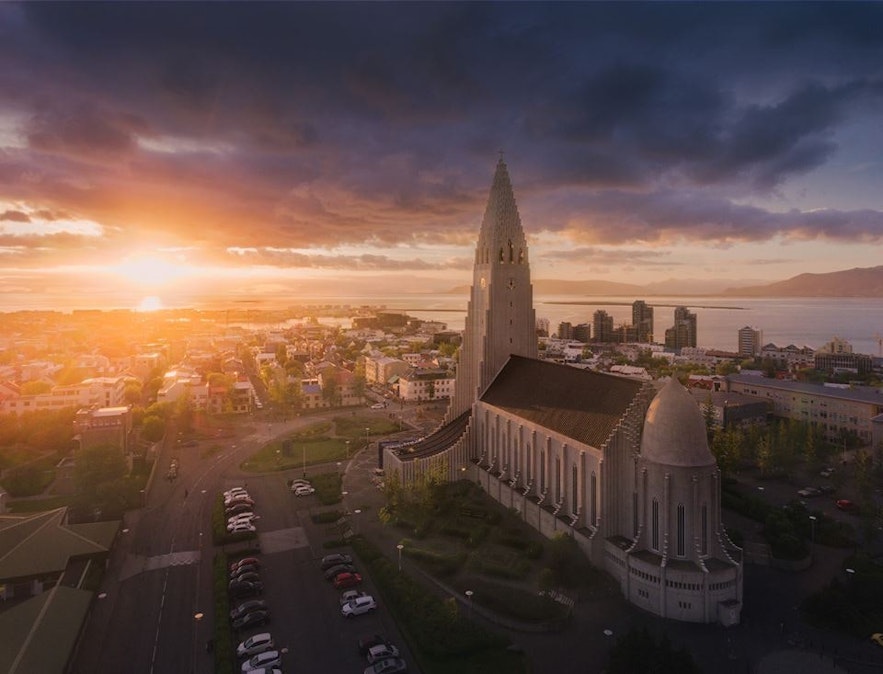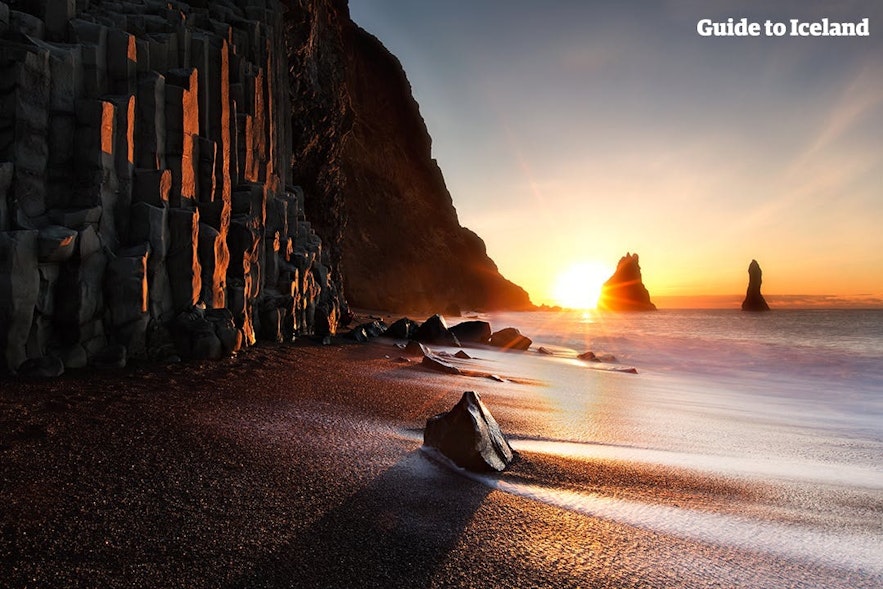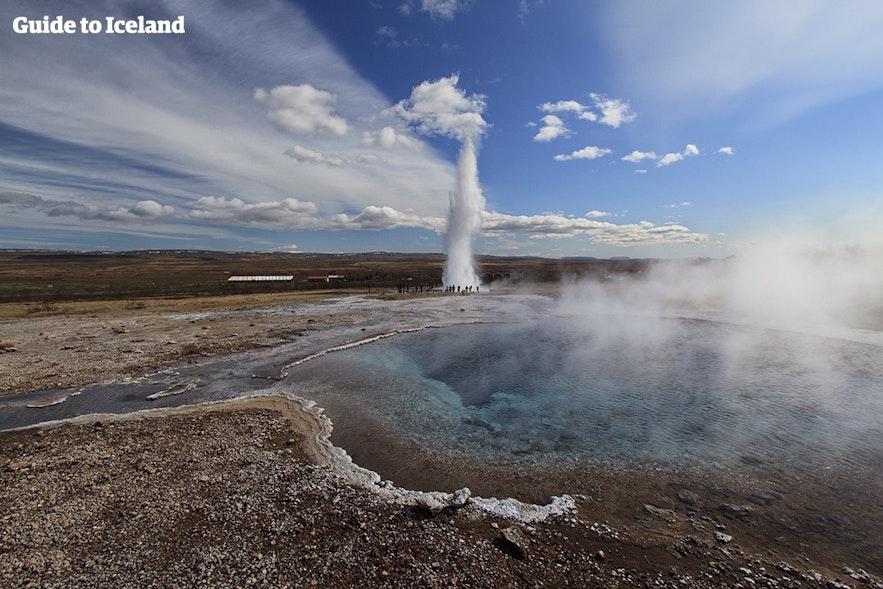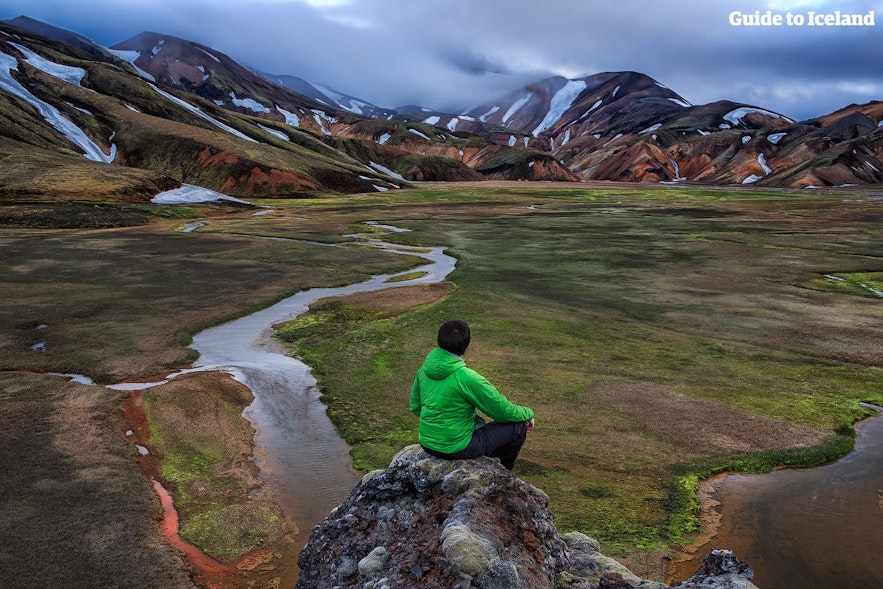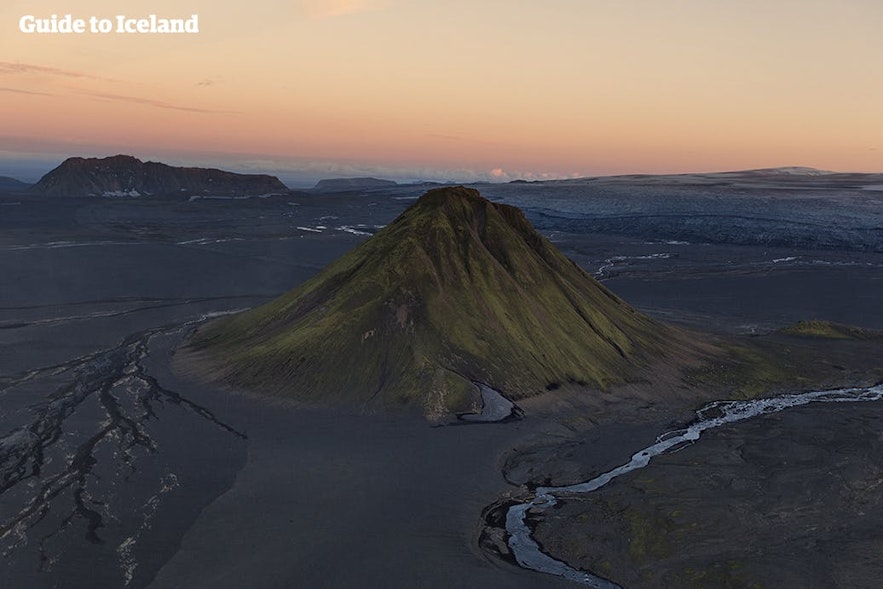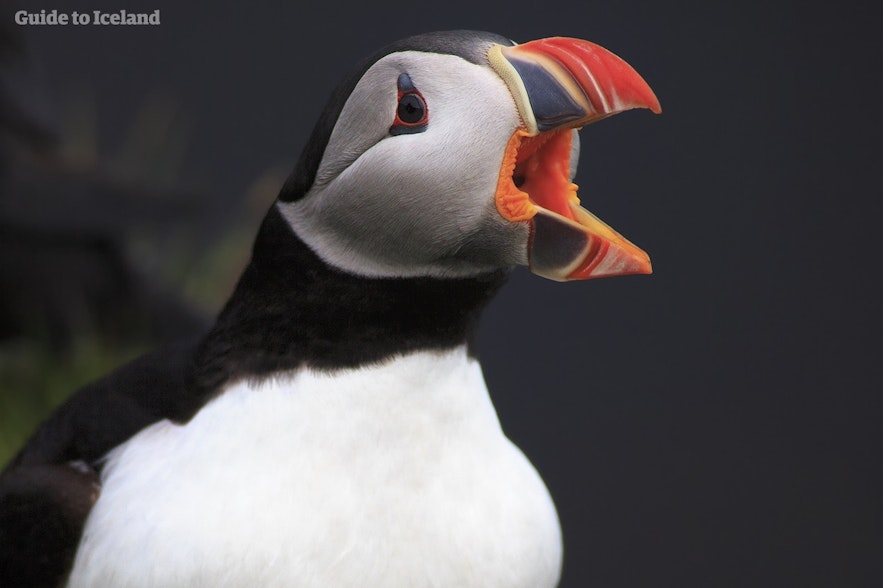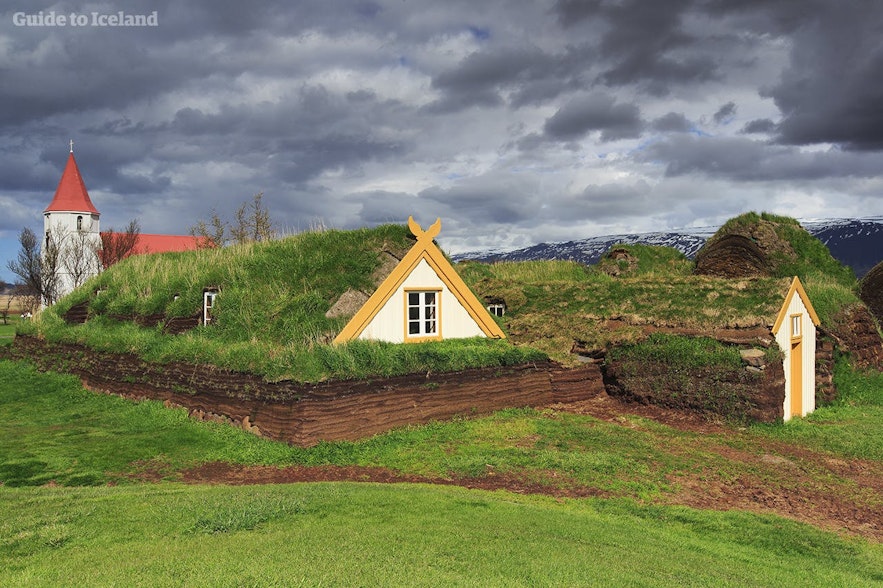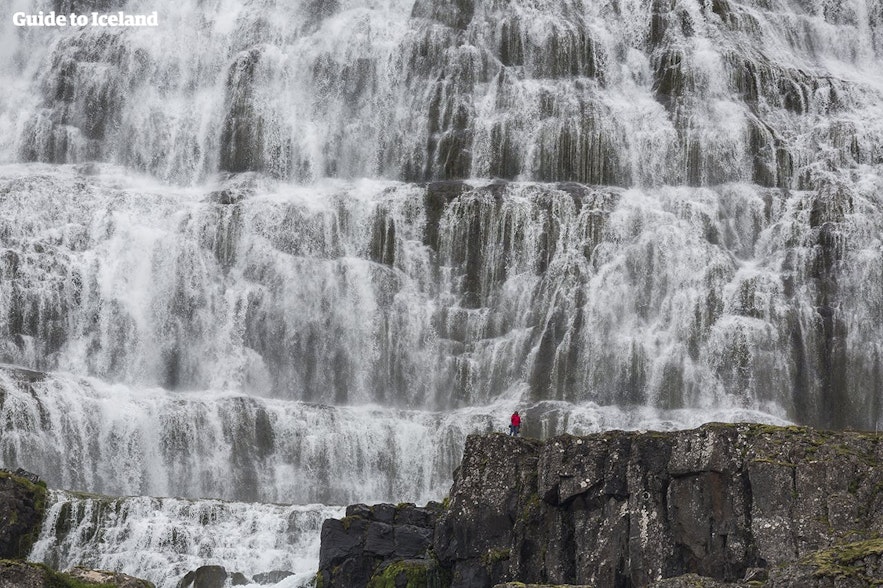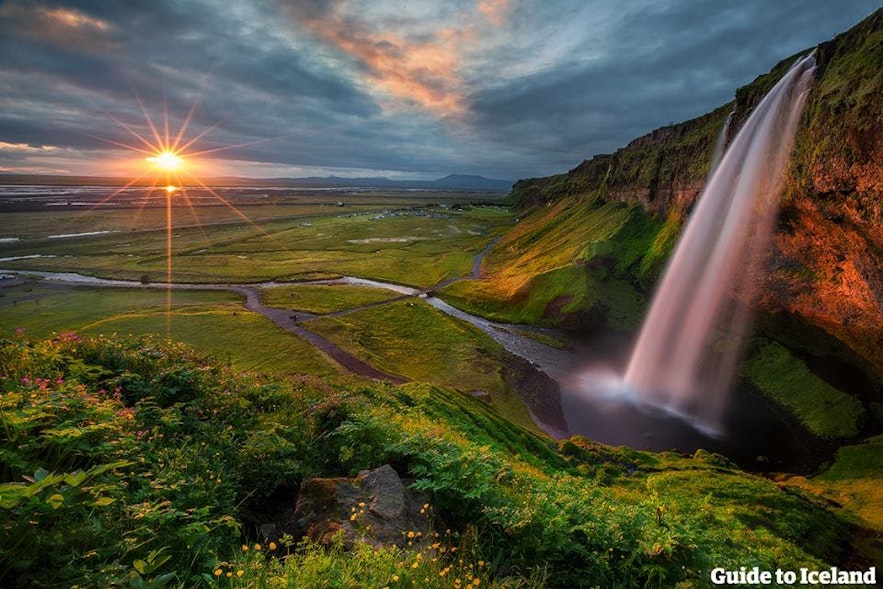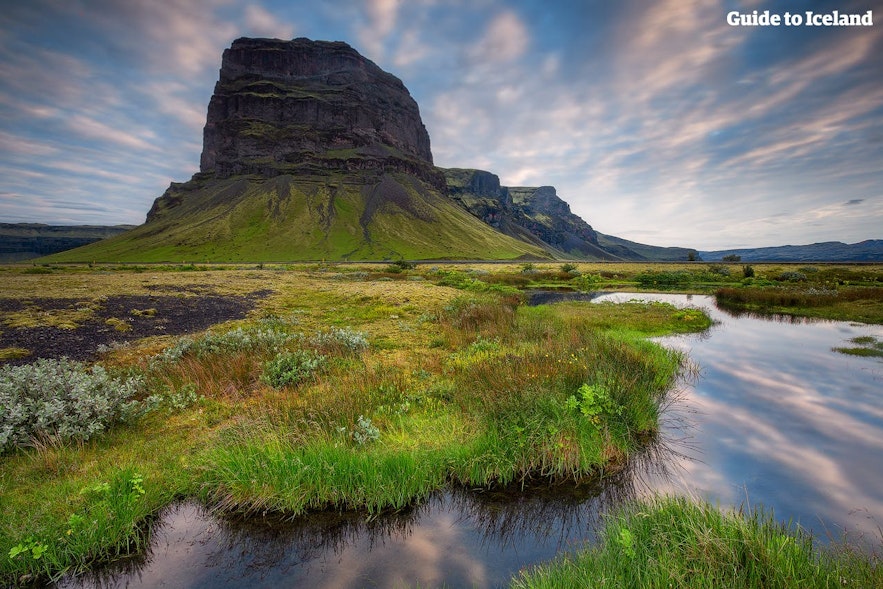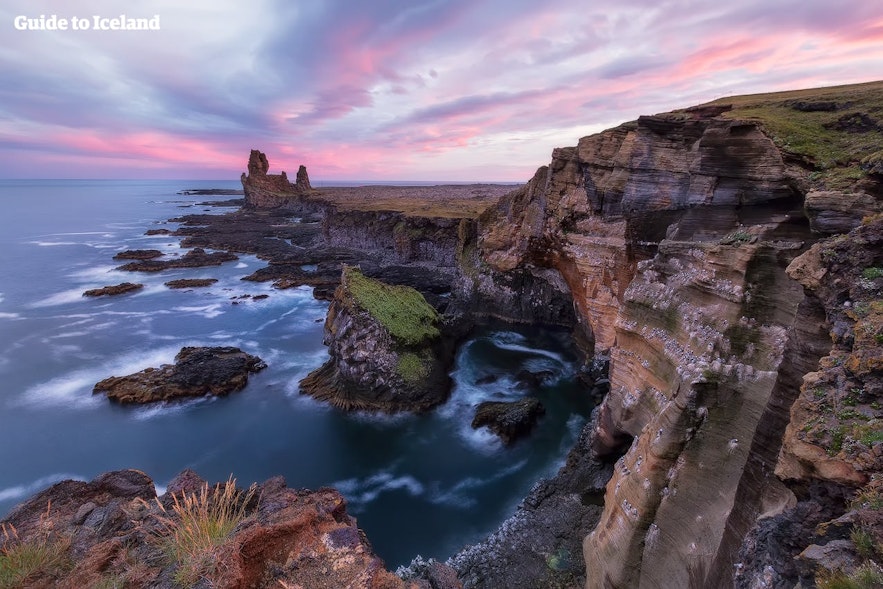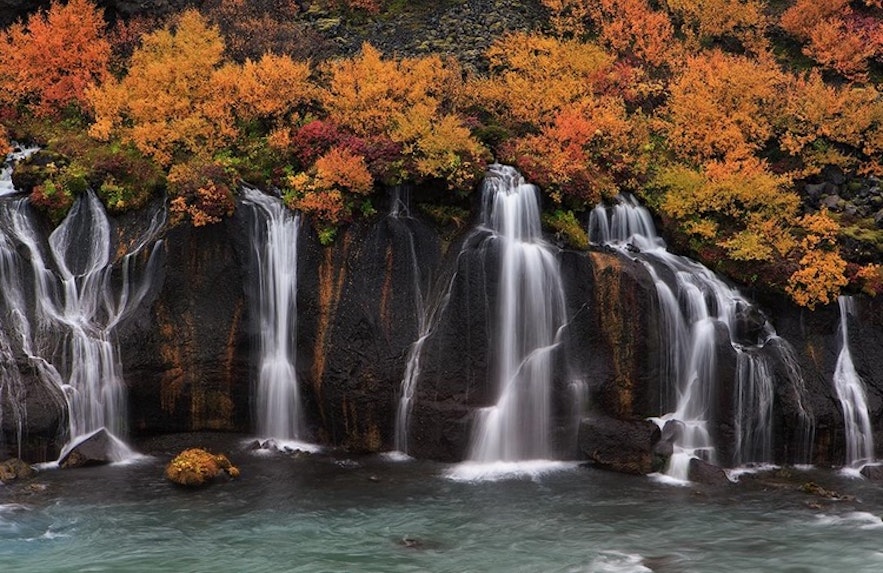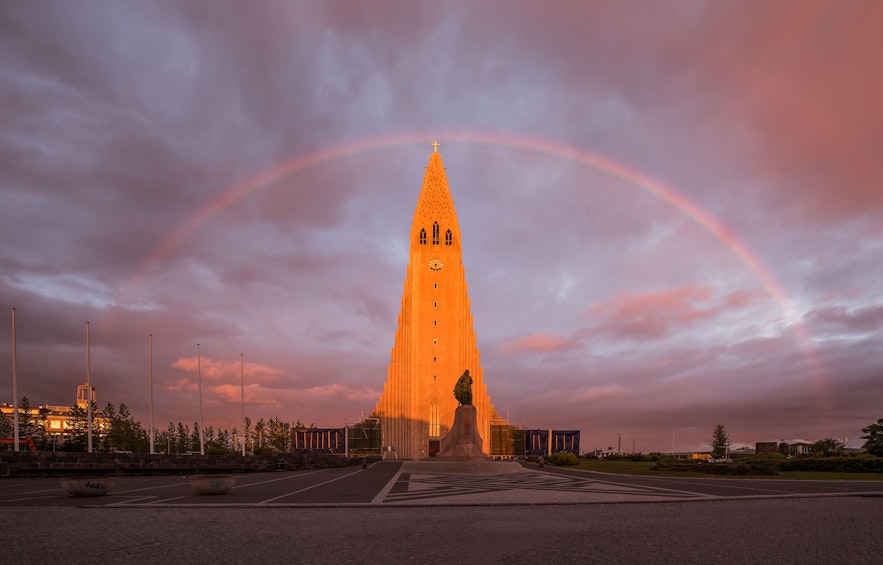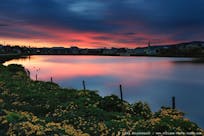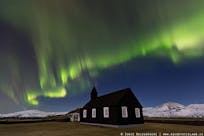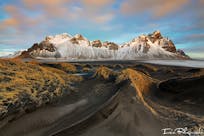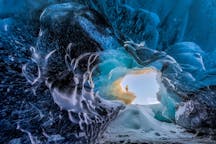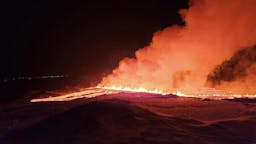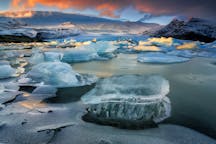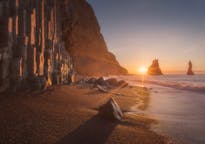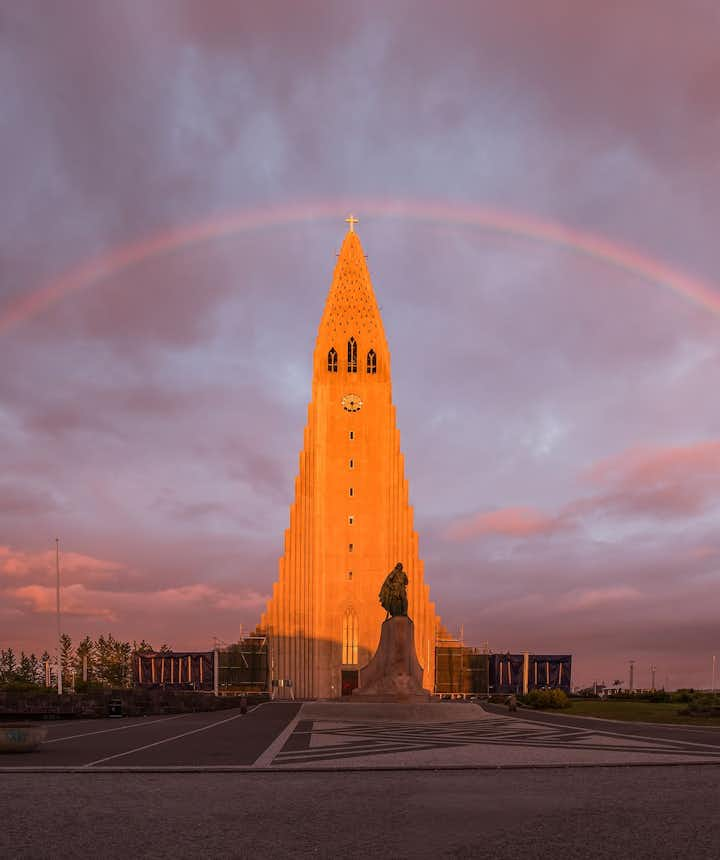
A Complete Guide to Iceland in July
- Is July a Good Time to Visit Iceland?
- But is Iceland Crowded in July?
- What's the Weather Like in Iceland in July?
- Is it Rainy in Iceland in July?
- The Temperature in Iceland in July
- Daylight in Iceland in July
- Midnight Sun in Iceland in July
- What to Pack and Wear in Iceland in July
- Driving in Iceland in July
- Can You See the Northern Lights in Iceland in July?
- Best Things to Do in Iceland in July
- Camping in Iceland in July
- Hiking in Iceland in July
- Glacier Tours in Iceland in July
- Snorkeling and Diving in Iceland in July
- Other Restrictions and Requirements for Snorkeling and Diving in Iceland
- Horse Riding in Iceland in July
- Lava Caving in Iceland in July
- ATV and Buggy Mountain Tours in Iceland in July
- Whale and Puffin Watching in Iceland in July
- Events in Iceland in July 2024
- The Song Festival in Hafnarfjörður
- Chamber Music Festival in Reykholt
- Festivals in East Iceland
- Landsmot Hestamanna
- What to See in Iceland in July
- Lake Myvatn and North Iceland
- The Westfjords of Iceland
- The Snaefellsnes Peninsula
- The Highlands of Iceland
- Suggested Itineraries for Iceland in July
- Self-Drive Itineraries for Iceland in July
- Guided Packages in Iceland in July
- Things to Do in Reykjavik in July
Find out everything you need to know about Iceland in July, including the best festivals and events, what the weather's like, and if the midnight sun means you can see the northern lights or not. Continue reading for answers to these questions and more to help plan your summer vacation in Iceland.
Visiting Iceland during the middle of the summer is a great time to explore the country with the wide selection of tours in Iceland that are available in July. For the ultimate freedom to go wherever you want and make the most of the long days under the midnight sun, hiring a car on Iceland's largest rental car marketplace is easier than ever.
So, if you're thinking about visiting in July, book a flight to Iceland and make it a journey you won't ever forget.
- See also: The Ultimate Guide to Iceland in Summer
Is July a Good Time to Visit Iceland?
The short answer: Yes! Iceland in July is a wonderful time to visit. You can explore more due to the long days and short nights. Reykjavik, the capital, comes alive with live events, packed restaurants, cafés, and wild parties. Horses, sheep, puffins, and other birds dot the green landscape. Most importantly, the weather is not too cold.
But is Iceland Crowded in July?
July is the busiest month for tourism in Iceland. The warmer weather means more activities are available, hiking trails open up, and towns have festival events. The unique midnight sun attracts many visitors too, so you can expect it to be more crowded and more expensive — everything from flights and hotels to meals and tours can be pricier in July.
If you'd like to avoid the busiest times but still want to visit Iceland in July, plan your trip for the start of the month. In early July the schools haven't broken up yet, so the crowds will be slightly thinner. And remember to book your trip in advance. The earlier you book, the cheaper it will be.
What's the Weather Like in Iceland in July?
Before coming to Iceland in July, it's essential to know the climate and weather. In general, it's bright all day and most of the night, too.
The Icelandic Meteorology Office's website is an excellent resource for keeping up-to-date on weather conditions across the country at any given time. It's essential to check the weather before heading out, especially if you're driving yourself.
Though Iceland's roads are open in summer, flooding and even landslides may still lead to closures. The Road and Coastal Administration's website provides around-the-clock information on road conditions in Iceland.
Is it Rainy in Iceland in July?
In Iceland, summers are relatively mild, but low-pressure systems still pass through the island, bringing heavy rains and storms. The country is at a crossroads between the Arctic and temperate seas, so sudden summer rain storms can happen.
Weather in the Highlands is especially volatile and unpredictable, and travelers should come prepared with sunglasses, rain gear, warm clothing, and windbreakers.
Icelandic news outlets and meteorologists joke that summer in Iceland is canceled every few years because it tends to be overcast and rainy. In July, the average rainfall is still around 2 inches (50 millimeters), with an average of 10 days of rain.
Despite its rainy tendencies, July is one of the sunniest periods in Iceland, with comparatively little rainfall compared to other times of the year. If you are lucky, you might get great weather during your whole trip. If you are unlucky, it might rain the entire time. But most likely, you will experience all kinds of weather during your trip to Iceland.
The Temperature in Iceland in July
An "Icelandic summer" seems like a contradiction, but this mythical beast exists. June, July, and August are Iceland's warmest and driest months.
By traditional definitions, Iceland is hardly ever "warm" or "dry." It's generally classified as having an oceanic climate or a cool temperate maritime climate, meaning temperatures tend to remain below 71.6 F (22 C) in summer. Average temperatures in July hover between 50-59 F (10-15 C).
That said, in the past, the temperature has reached as high as 86 F (30 C) and as low as 38 F (3.5 C), reaching 33.8 F (1 C) in the East Fjords in 2015.
To plan efficiently, count on temperatures hovering around 50 F (10 C).
Daylight in Iceland in July
Although the sun doesn't shine all night in July, it will still be bright during the night. The summer equinox is on June 21. From that date on, the sun begins to go down 1-3 minutes a day earlier. By the end of July, the sun will set for a few hours in the early morning.
On July 1, the sun isn't visible from 11:56 PM to 3:06 AM, although the sky will still be very light. By July 31, the sun will set at 10:33 PM and rise at 4:31 AM. Although the twilight brightness might count as daylight.
Midnight Sun in Iceland in July
A unique opportunity that only exists in Iceland in June and July is sightseeing beneath the midnight sun. Summer's endless hours of light can sometimes be disruptive to your sleeping pattern, but it also means that there are over 20 hours of daylight, which allows you to make the most of your trip around the country. Just remember to bring your sleep mask.
By joining a sightseeing tour after regular hours, you are likely to avoid crowds at the most popular sites. Considering how busy July can get, it's good to take advantage of all the midnight sun tours to beat the crowds.
Those with a passion for photography might be interested in this 12-day photography workshop through the country's incredible landscapes by night, as you'll never run out of natural light.
Of course, if you don't want to take a tour, you can also rent a small and cheap car and travel around Iceland at night on your own.
What to Pack and Wear in Iceland in July
Even though July is one of the warmest and driest months in Iceland, the weather can still be pretty varied. If you're visiting in July, it will be warmer and brighter, but you're likely to still experience some rain showers and chilly snaps.
Here is our recommendation of what you should pack for your trip.
-
Multiple layers: So you can add and remove layers as the weather changes.
-
Waterproofs: Bring a lighter, waterproof, wind-resistant jacket and trouser combination so you can pack them in your bag and grab them when needed.
-
Hiking boots: The terrain in Iceland is rugged, so sturdy boots are a must.
-
Swimwear: Iceland has plenty of swimming pools and natural hot springs to enjoy. Don't miss out because you forgot your swimwear.
-
Sunglasses and sunscreen: The sun can be bright and strong in Iceland in July. Be sure you're well protected.
-
Eye mask: That midnight sun can make it hard to sleep, especially if you're camping! Bringing a dark eye mask will really help.
Driving in Iceland in July
Iceland is the perfect driving vacation spot in July. It's warmer, the roads are open, and the weather is comparatively mild. All of this means that you can travel around Iceland in July with safer driving conditions and finer weather.
Almost all roads and trails are open, and you can drive up to the most remote parts of the country. Areas like the Highlands only become accessible in summer with 4x4 vehicles. There's no better way to enjoy Iceland's weather in July than taking a road trip and going for a hike.
Can You See the Northern Lights in Iceland in July?
All types of tours are open to visitors in July, with one exception: there are no northern lights tours in July. While it might still be up there, the bright midnight sun makes it impossible to see the northern lights in the summer months.
- Read about Iceland in June and Iceland in August
If you want to see the northern lights, it's best to visit Iceland between September and April. But there's the midnight sun, which is just as stunning.
Best Things to Do in Iceland in July
You could spend weeks traveling across Iceland, exploring its rich natural wonders. Despite its relatively small size, you could circle the entire country for a month, and you still wouldn't see everything that Iceland in summer has to offer.
When making plans for a holiday during this month, prioritizing is essential. Some want to immerse themselves in nature, while others wish to go on adventures.
Or you might be here to learn about Iceland's history, literature, and culture, or to take part in one of Iceland's many festivals. The options are endless, so here are the top things to do in Iceland in July.
Camping in Iceland in July
Camping is an incredibly popular pastime in Iceland during the summer months. With the warmer weather, campsites across the country are open to guests. Camping is an affordable option for those on a budget in Iceland, not to mention a great way to absorb the beautiful scenery.
Most Icelandic campsites are in stunning locations and sit in some of the most famous areas in Iceland, from Skaftafell Nature Reserve to the Landmannalaugar trail.
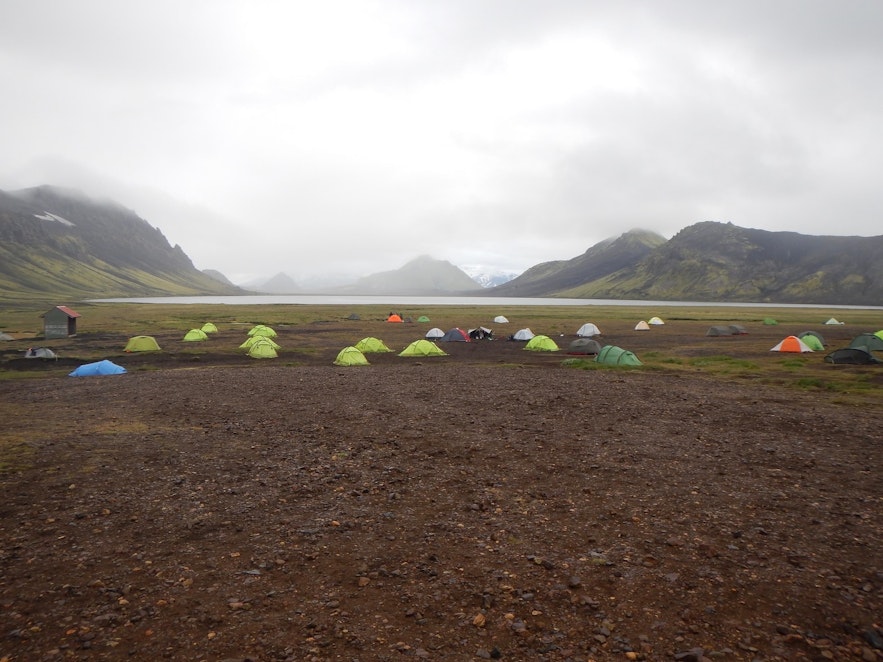
But remember that there are still rules to follow when camping in Iceland.
General Rules to Remember When Camping in Iceland
-
If it'll damage nature or violate property lines, you shouldn't do it.
-
Camping on someone's property or in a national park is illegal and will result in hefty fines.
-
Camping one night on untilled land is allowed, but only if no waste is left behind. Open fires are banned.
-
If you rent a campervan or car with a rooftop tent, you can only stay at an official campsite.
You're welcome to bring camping equipment to Iceland, and many rental car companies offer luggage boxes to store the equipment on the roof of your rental car. Always respect the untouched nature of Iceland around you and help us preserve it for generations to come.
Hiking in Iceland in July
One of the best options to enjoy the July weather in Iceland is to go on a guided hiking tour. While several trails are accessible year-round, the most spectacular ones are only open between June and September for safety reasons.
Avid hikers have a wealth of multi-day treks from which to choose. The most renowned routes are the famous Laugavegur and Fimmvorduhals trail, which takes you from the spectacular Highland region of Landmannalaugar to the verdant "Valley of Thor," Thorsmork.
Hiking the country will give you unique views of glaciers, volcanoes, lava fields, forests, lakes, and rivers.
There are many one-day hikes for those who are eager to see some great natural areas but don't want to stay overnight. See our guide to hiking in Iceland for recommended trails.
Glacier Tours in Iceland in July
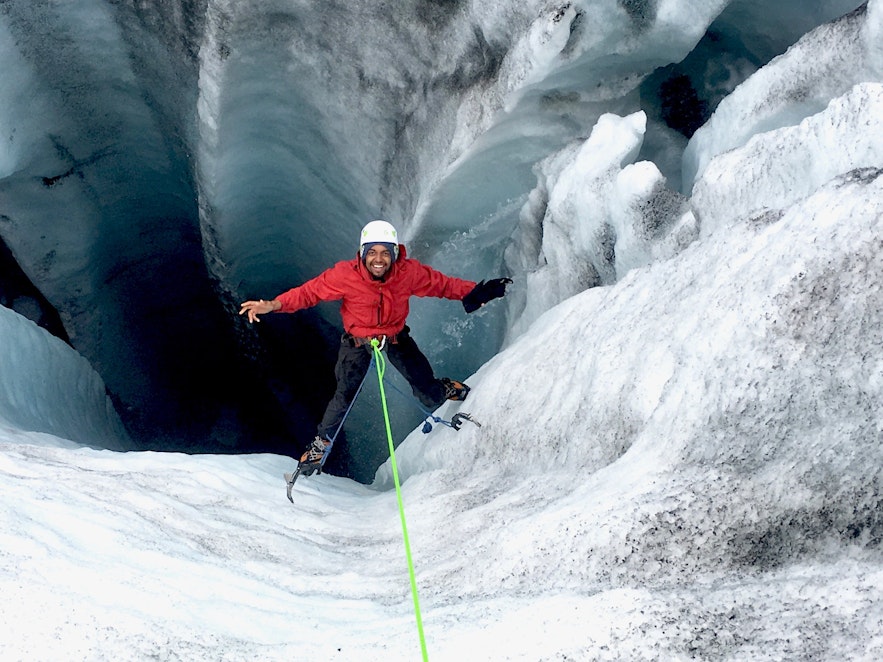
You can take tours of Iceland's incredible glaciers year-round, but the warmer temperatures and bright sunlight in July in Iceland awaken the majesty of these treasures. The calm summer weather makes glacier visits much more pleasant than other times of the year.
There are glacier hikes to almost all of Iceland's glaciers during July. Classic tours are still available, like this tour on Solheimajokull glacier and this Skaftafellsjokull glacier expedition.
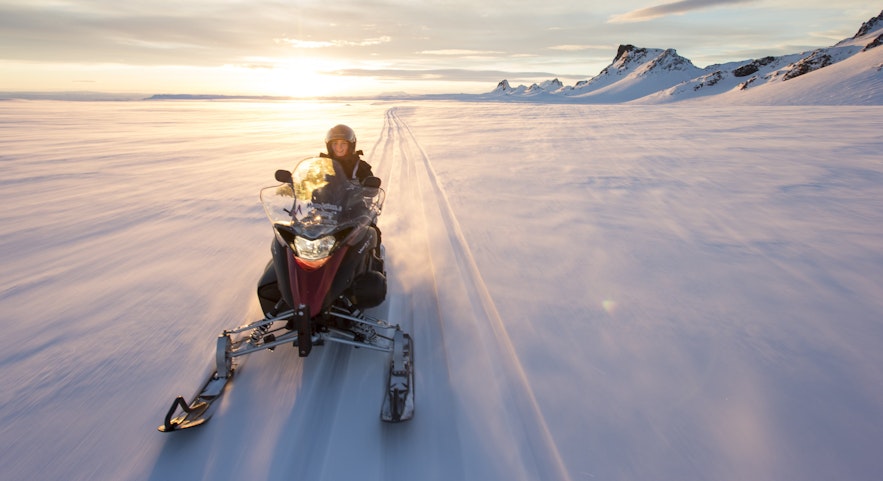
You can also zoom across the snowy surface of glaciers booking a snowmobile tour. On top of being a thrilling experience, it's also an incredible opportunity to take in the stark views of the snowy landscapes that surround you. If you're staying in the capital, this snowmobile tour combined with the Golden Circle starts and ends in Reykjavik, so you don't have to worry about transportation to the glaciers. You can also ride across the largest glacier in Europe on this snowmobiling tour of the Vatnajokull glacier.
You should wear warm clothes and sturdy hiking boots for glacier visits. Because it's a glacier, it's cold, potentially windy, and slippery, even in the summer. You might also consider throwing on sunglasses since the sun reflecting off the snow and ice can be blinding.
Snorkeling and Diving in Iceland in July
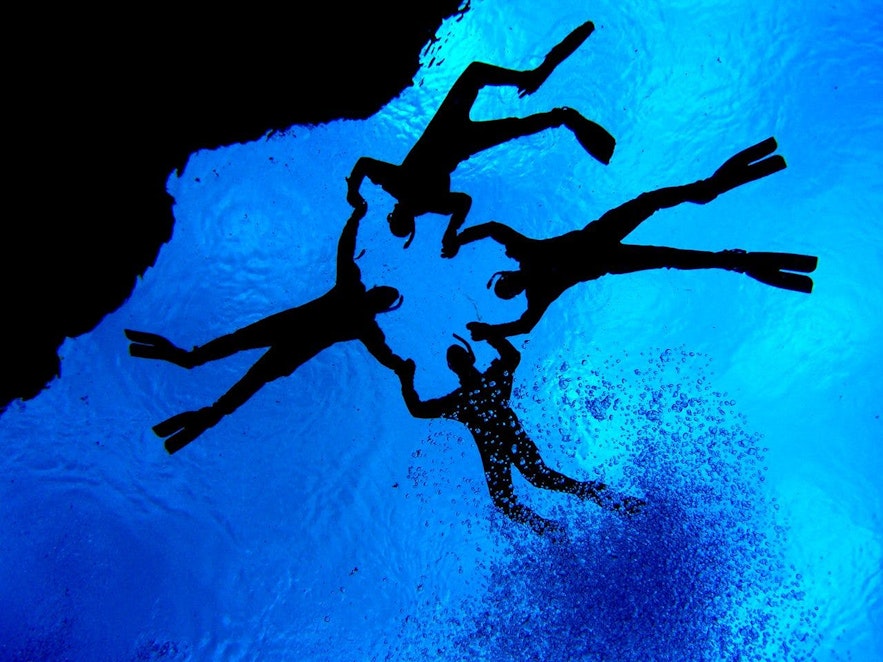
Like the glacier tours listed above, snorkeling tours and diving excursions run year-round. However, the most significant advantage of diving in July is that putting on and taking off your gear will be much more comfortable and not as cold as in winter.
The algae in Silfra fissure—the fissure between the North American and Eurasian tectonic plates— is in full bloom, offering a doubly colorful adventure. The sunlight also increases visibility.
However, to take a snorkeling or diving tour, you'll need to meet a few basic requirements:
-
Individuals with circulatory, respiratory, or neurological conditions may not be permitted to dive without a health certificate or waiver.
-
People 45 and older who smoke a pipe or drink heavily may require a health certificate.
-
Pregnant women cannot take these tours.
Other Restrictions and Requirements for Snorkeling and Diving in Iceland
Drysuit Snorkeling
-
Minimum age: 12
-
Maximum age: 60
-
Minimum height: 4 foot 9 inches (145 centimeters)
-
Minimum weight: 99.2 pounds (45 kilograms)
-
Experience needed: must be a swimmer
Wetsuit Snorkeling
-
Minimum age: 14
-
Maximum age: 60
-
Minimum height: 4 foot 11 inches (150 centimeters)
-
Minimum weight: 111 pounds (50 kilograms)
-
Experience needed: must be a swimmer
Drysuit Diving
-
Minimum age: 17
-
Maximum age: 60
-
Minimum height: 4 foot 11 inches (150 centimeters)
-
Minimum weight: 111 pounds (50 kilograms)
-
Experience needed: At least 10 logged drysuit dives OR a certified dry suit diver
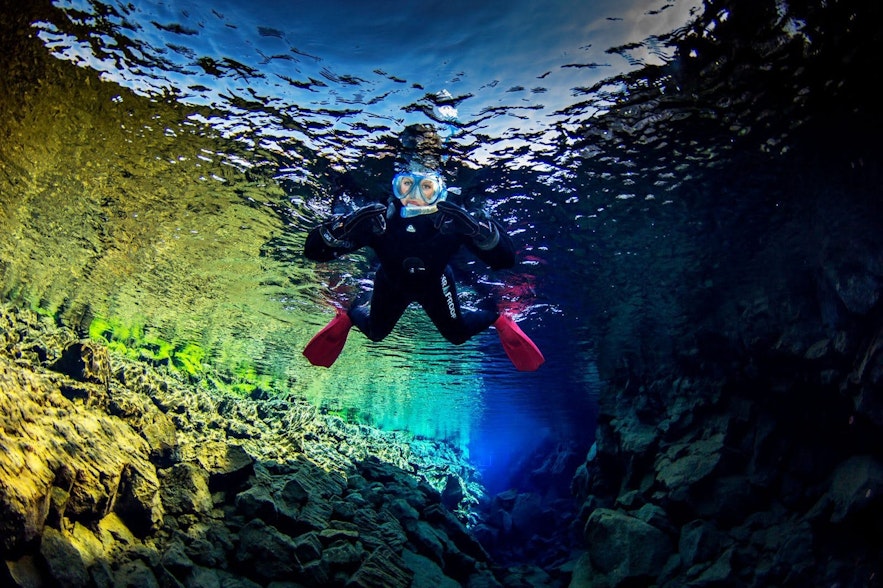
While you can snorkel in either a wetsuit or a drysuit, you can only dive in a drysuit because of the cold temperatures. In July, the water temperature in Iceland averages 35.6 F (2 C), and the water below the surface can be even colder, making it dangerous to dive without good insulation— in this case, a drysuit.
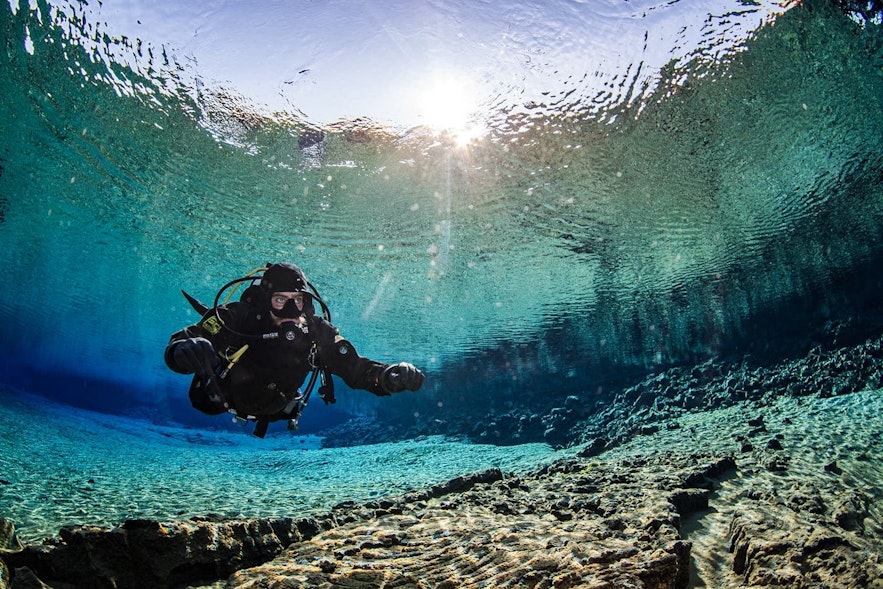 Photo from Guided 1-Hour Drysuit Diving Tour in Silfra with Hot Drinks
Photo from Guided 1-Hour Drysuit Diving Tour in Silfra with Hot Drinks
In July, most snorkeling and diving is in Silfra fissure, a beautiful gorge in Thingvellir National Park with crystal clear water and visibility beyond 328 feet (100 meters).
You can also find combination tours like this unforgettable Golden Circle with a snorkeling tour or this adventurous lava caving with a snorkeling tour.
- See also: Diving and Snorkeling in Silfra fissure
Horse Riding in Iceland in July
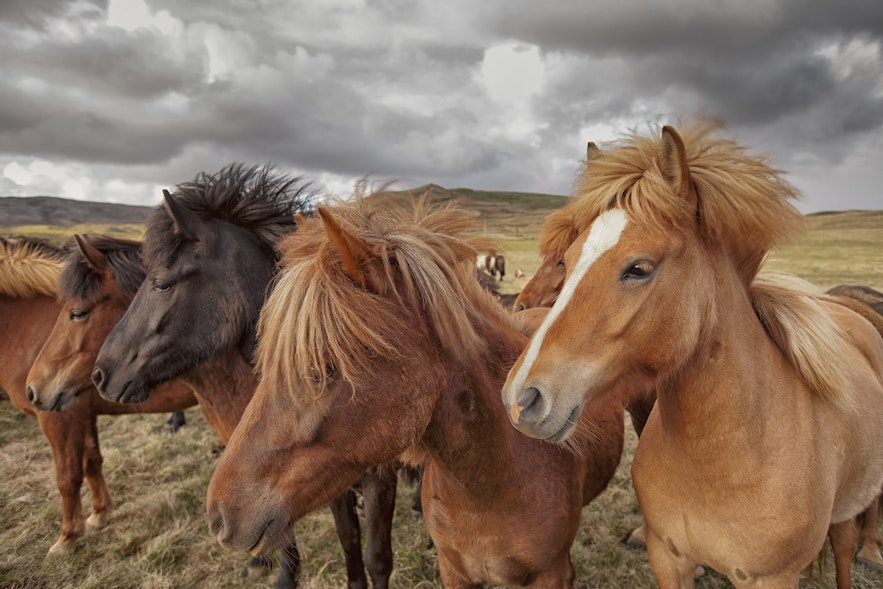
Horse riding tours are popular all year but are much more comfortable in the July weather in Iceland when it's less likely to rain.
Icelandic horses have a unique gait called a tolt, known as the "fifth gait." When the horse is tolting, it'll always have one foot on the ground. This gait is very smooth since there's no suspension between strides, and rumor has it that you can drink water from a glass without spilling while in this gait.
The horses are known for their friendly temper and sure-footedness, having ridden across uneven lava fields for over 1000 years.
Many horse riding tours start from Reykjavik, but they also leave from some Northern towns like Husavik. This epic 7-day horse riding adventure runs exclusively in July and will allow you to explore and experience many beautiful sites in the Eastfjords of Iceland.
Lava Caving in Iceland in July
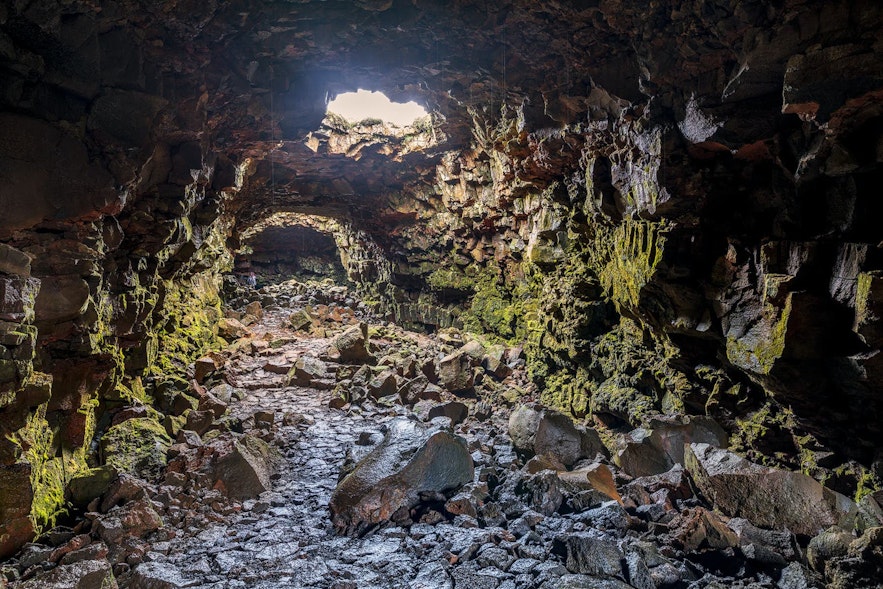 Photo from Classic 1-Hour Lava Tunnel Caving Tour of the Raufarholshellir Lava Tubes
Photo from Classic 1-Hour Lava Tunnel Caving Tour of the Raufarholshellir Lava Tubes
Lava cave tours are among the best things to do in Iceland in summer. The snow and ice that blocked many cave entrances in winter have melted as the temperatures in Iceland have increased.
For those who love adventure, the Leidarendi cave needs a bit of climbing and crawling to go through. The Raufarholshellir and Vidgelmir caves are more family-friendly, where you can stand up and walk around.
- See also: Caves in Iceland
To make an entire day out of a lava caving tour, you can combine it with an exploration of the South Coast of Iceland, which includes a glacier hike and an option to take a fat bike ride.
ATV and Buggy Mountain Tours in Iceland in July
If you want to take in Iceland's landscapes with an injection of adrenaline, check out this selection of ATV and buggy tours. Not only can you see unique sights across some of the country's most beautiful areas, but you'll have a blast doing it as you speed along the trails. These guided tours provide you with a training session and the safety equipment you'll need, including overalls, gloves, and helmets.
Whale and Puffin Watching in Iceland in July
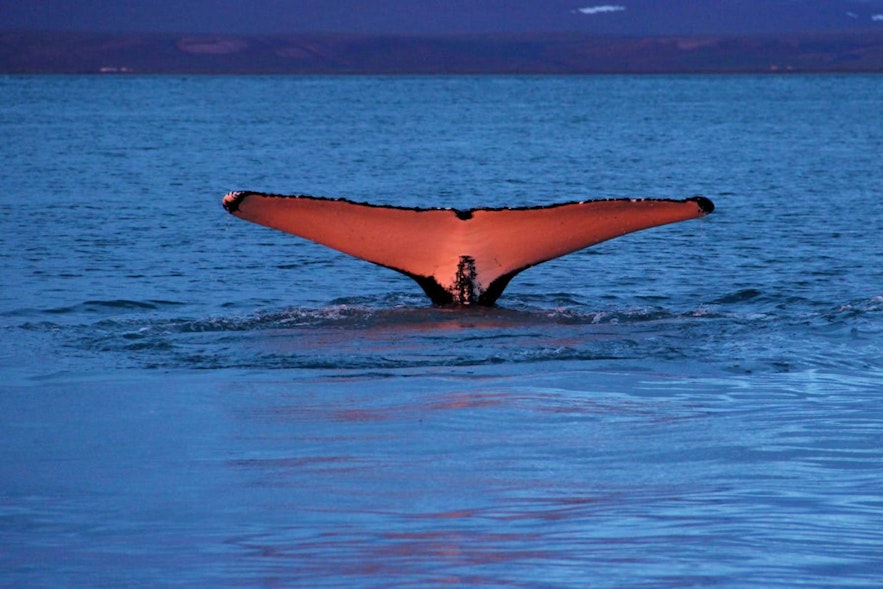 Photo from Thrilling 2-Hour Whale Watching Tour on a RIB Speedboat
Photo from Thrilling 2-Hour Whale Watching Tour on a RIB Speedboat
There are few things more spectacular than whale watching in Iceland in July. Incredible creatures like minke whales, humpback whales, and even sperm, fin, and blue whales have returned from their summer breeding grounds to feed off the coast of Iceland. That means that July presents a unique opportunity to see these giants of the sea.
- See also: Whale Watching in Iceland
The same is true of Iceland's puffins. In June, they return to the island and stay until August, making July the optimal time to spot them.
Most whale-watching tours start from Reykjavik during the summer, and they generally range from one to three hours. In July's fair weather, it's more pleasant on the ship's deck, and whale signings are very common.
Few ships return to land without spotting seals, dolphins, or porpoises. Most tours would offer you another trip if your outing was unsuccessful.
The best whale-watching tour departs from Husavik in North Iceland. The amount of fish in Skjalfandi bay means you're likely to see multiple humpbacks feeding.
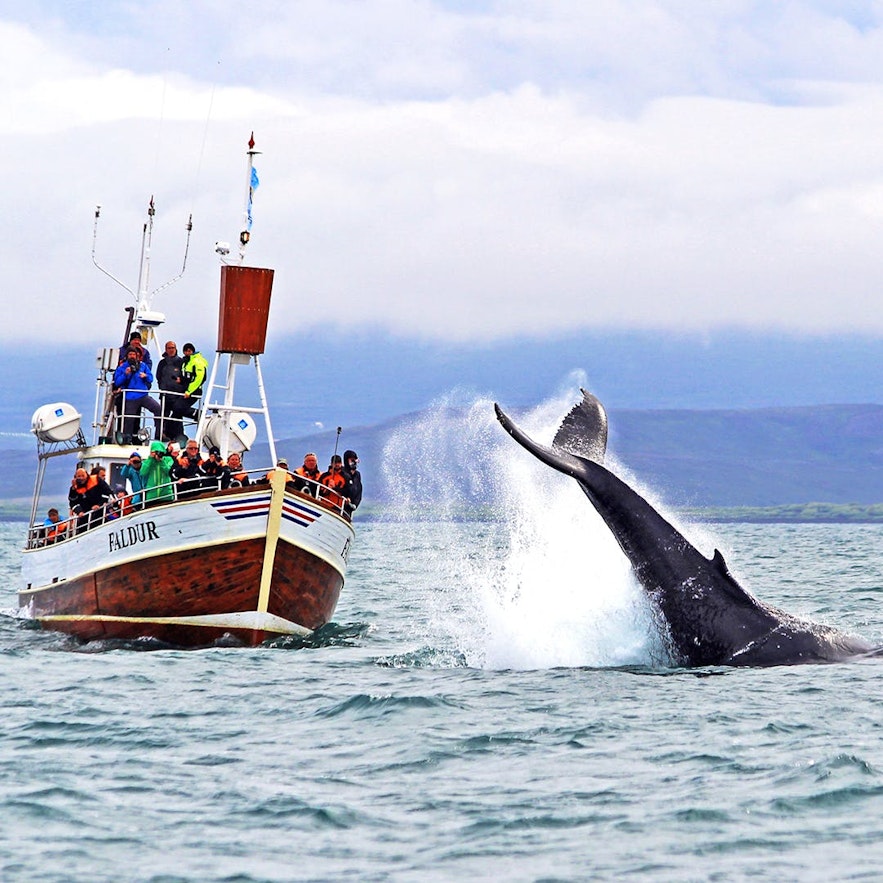
You can also take a whale-watching tour from Akureyri, Iceland's second-largest city.
If you prefer to stay on dry land, you're still within a chance of seeing a whale. Whales are regularly spotted from the coast in the Westfjords, East Fjords, and the Snaefellsnes peninsula, especially on the northern side, overlooking Breidafjordur's herring grounds.
Of course, puffins are another story since thousands of them congregate around the country every year, particularly in places like Latrabjarg cliff in the Westfjords, Dyrholaey peninsula in the south, and the Tjornes Peninsula in the north.
- See also: The Wildlife and Animals of Iceland
Events in Iceland in July 2024

Throughout the summer months in Iceland, the entire country comes to life with festivals, and July is no exception. Following are some of the main events in Iceland in July 2024.
The Song Festival in Hafnarfjörður
The Song Festival in Hafnarfjordur (Songhatid i Hafnarborg) is held from late June into early July. The concerts, which mostly feature opera and classical singers, will be performed in Hafnaborg, the cultural center of Hafnarfjordur, which is a town near Reykjavik.
Chamber Music Festival in Reykholt
On the last weekend of July, you can head to the western town of Reykholt for their Chamber Music Festival. One of its four concerts collaborates with the Snorrastofa Centre, dedicated to the medieval writer, historian, and chieftain Snorri Sturluson.
Festivals in East Iceland
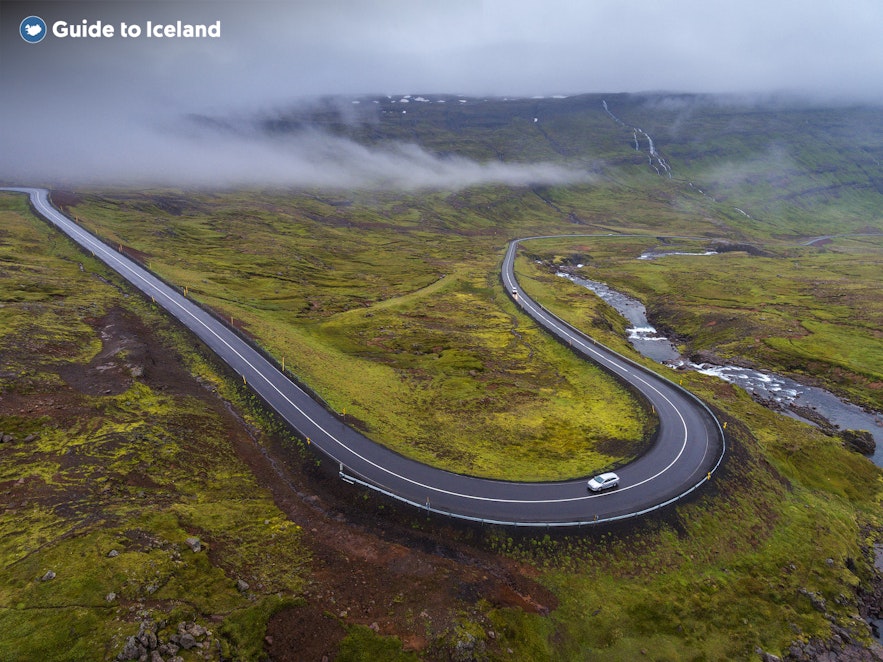
Several festivals also take place in East Iceland during July, especially around Seydisfjordur:
-
The Blaa Kirkjan Concert Series takes place in the town church, and its events take place throughout June, July, and August.
-
The Lung-A festival in Seydisfirdi is a workshop-based international art festival for youngsters held in mid-July.
-
The Eistnaflug festival is a heavy metal festival in July featuring bands from Iceland and abroad. It's held at Neskaupstadur in eastern Iceland.
-
The Braedslan festival takes place in Borgarfjordur Eystri during the last weekend of July. It's a music festival held in a renovated fish factory.
- See also: Top 10 Festivals in Iceland
Landsmot Hestamanna
The annual National Icelandic Horse Competition is held in early July at a rotating location in the countryside of Iceland, featuring demonstrations of gaits, dressage, and various get-togethers of horse enthusiasts.
What to See in Iceland in July
While you can still wander around the Golden Circle and other popular sites, summer in Iceland is the optimal time to visit destinations that are usually more difficult to access. Here are the top places to visit in Iceland in the summer.
Lake Myvatn and North Iceland
North Iceland also opens up. For example, though Lake Myvatn can be explored year-round, places like the Viti crater (yes, Viti means hell in Icelandic) and the dramatic Krafla lava fields are fully accessible in July. The lake's surrounding shores are also teeming with wildlife, with over 15 species of duck, making it an ideal destination for birdwatchers.
The roads around the Vatnsnes Peninsula are also open in the summer, and it's a popular destination for seal watching.
- See also: Seal Watching in Iceland
The Westfjords of Iceland
The Westfjords are impossible to reach in winter, and residents of the smallest villages often have to access the outside world by boat. However, in summer, most of its sites—notably, the iconic Dynjandi waterfall and the Hornstrandir Nature Reserve— are easy to reach.
You can drive to the former and get a boat to the latter from Isafjordur, the region's largest town. There's a wide variety of accommodations in the Westfjords, so make sure to book a room before visiting.
You can also drive to the Latrabjarg bird cliffs, which come to life with thousands of birds from dozens of species in summer. You can get within arms reach of many birds, but remember to remain respectful of their nests.
The Snaefellsnes Peninsula
The Snaefellsnes Peninsula is a lot easier to drive throughout the summer, too. When the mountain passes clear, you can reach destinations like Mount Kirkjufell and Ytri Tunga beach on the peninsula's south side.
The Highlands of Iceland
The Highlands are only accessible in 4x4 vehicles, even in the summer. Still, routes like the Kjolur Highland Road and Sprengisandur are open, allowing you to see the little-traveled interior of this beautiful country.
The rough mountain tracks tend to vary in quality, and sometimes it's necessary to ford the river in your vehicle, which is why you need a 4x4. Be mindful when driving, as you cannot go off-roading in the Highlands.
The renowned Landmannalaugar and the lesser-known Hveravellir geothermal area are open to travelers within the Highlands. At both of these sites, you can hike to find the most spectacular viewpoints and bathe in gorgeous hot springs.
If you are traveling to the Highlands to hike or camp, you should register your travel plans regardless of your experience and expertise. That way, if you are out of contact or away longer than you said you would be, search and rescue can take measures to locate you.
Suggested Itineraries for Iceland in July
If you are traveling to Iceland in July, you can take plenty of summer tours. From self-drive itineraries to combo tours, Guide to Iceland offers something for everybody.
Self-Drive Itineraries for Iceland in July
If you'd like to explore Iceland yourself, you should consider booking a self-drive tour. You can rent a car, choose what activities you want to do, plot your route, and book your accommodation yourself, but it's much easier to book a pre-planned Guide to Iceland summer self-drive package. These packages give you the freedom to travel to all sites you want without worrying about organizing them.
Driving Iceland's Ring Road in July
The minimum time recommended for traveling the Ring Road over summer is between six days to seven days. These are the shortest self-drive tours on offer for this route.
They include all four corners of the country and take you to a range of stunning locations. You can add extra activities to your day, too. Our most popular additions include glacier hiking, whale watching, and a boat tour on the Jokulsarlon glacier lagoon.
Longer Self-Drive Tours of Iceland in July
If you have more time in Iceland, you can reach more attractions. This 10-day self-drive tour will also introduce travelers to the Snaefellsnes Peninsula, while the 13-day Ring Road package and 14-day around Iceland tour will allow you to see both the peninsula and the Westfjords.
Short and Budget Self-Drive tours
We also offer shorter customer-tailored self-drive tours. For example, if you want to travel the Ring Road but don't have time to hit all the sites, we offer a five-day essential self-drive tour that will allow you to enjoy the Golden Circle and South Coast in-depth. This tour includes time at Skaftafell Nature Reserve and the Jokulsarlon glacier lagoon. We also offer a five-day self-drive tour in West Iceland that visits the Snaefellsnes peninsula.
Those on a tighter budget or who love the great outdoors can build camping into their tours instead of hotels. These packages generally range from an eight-day budget self-drive Ring Road tour to a 14-day budget Ring Road self-drive tour, depending on what you want to see.
There are also shorter camping self-driving tours, where you can see the Golden Circle and South Coast over a five-day budget summer self-drive tour.
Guided Packages in Iceland in July
Guided packages provide you with a guide in a bus and somewhat more structured days on the open road. That way, you can take in the scenery without driving yourself.
For example, this 12-day summer vacation package of the complete Ring Road of Iceland will take you around the country and includes the Snaefellsnes Peninsula. In contrast, this seven-day guided Ring Road tour is packed with activities and covers the Ring Road in half the time.
An extraordinary opportunity this July is our Iceland-Greenland packages, where you have the option to book a package to Iceland and spend a whole day in Greenland with flights included.
Things to Do in Reykjavik in July
If you want to spend your days in Reykjavik, you can make your itinerary based on your interests. Here's one possible plan for you to consider.
Day One
Arrive at Keflavik International Airport and take the Flybus to the Blue Lagoon. After bathing in the geothermal azure-colored waters, take the bus to Reykjavik and settle in at your hotel.
Day Two
Take a Golden Circle tour and an add-on activity like lava caving on your second day.
Day Three
Continue your adventure with a tour of the South Coast with a glacier hike on the Solheimajokull glacier.
Day Four
Have a rest day and recharge in Reykjavik, getting to know its restaurants, boutiques, museums, galleries, and nightlife. If you still have the energy, you can hop on a bus (it takes two with a quick transfer along the way) to Mount Esja for a pleasant hike to the top.
Day Five
Take a tour of the Snaefellsnes Peninsula and spend a whole day exploring its many sites.
Day Six
On your penultimate day in Iceland, you can see more glaciers and take a snowmobiling tour on the Langjokull glacier. Or maybe you just decide to put your feet up and relax downtown.
Day Seven
It's time to leave Iceland, but not before a relaxing tour of Hveragerdi hot springs, where you'll hike through Reykjadalur valley to bathe in some natural hot springs before heading to Keflavik airport to catch your flight.
Please tell us in the comments below if you liked this article or post any questions that you still have about traveling to Iceland in July. We'd love to hear about your experience if you have already been to Iceland in July.
Other interesting articles
Glaciers in Iceland
Iceland is known as 'The Land of Fire and Ice'. That is because it has both glaciers and volcanoes dotted around the island. How many glaciers are there in Iceland, where are they and what exactly is...Read moreThe Most Infamous Eruptions in Icelandic History
What were the most infamous volcanic eruptions ever recorded in the history of Iceland, and how did they come to influence the country’s geography and culture? When is Iceland's next volcano due to...Read more
The Ultimate Guide to the Westfjords of Iceland
What is there to do in the Westfjords of Iceland? How long will you need to explore the Westfjords? What are the major towns, and what facilities do they have? Continue reading to learn about one of I...Read more

Download Iceland’s biggest travel marketplace to your phone to manage your entire trip in one place
Scan this QR code with your phone camera and press the link that appears to add Iceland’s biggest travel marketplace into your pocket. Enter your phone number or email address to receive an SMS or email with the download link.


